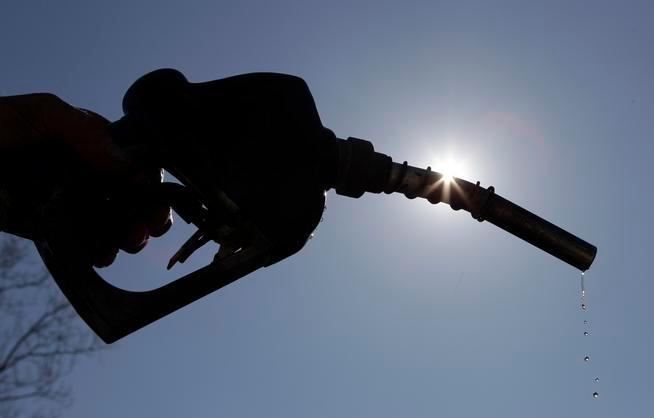Denver gas prices have risen over five cents per gallon in the last week, averaging $2.90/g today, according to GasBuddy’s daily survey of 844 stations in Denver. Gas prices have risen just over two cents in the past month but are $1.21/g higher than a year ago. About a year ago was the heart of the lockdown for most when roads were quiet due to shut down orders.
The cheapest station in Denver and in Colorado is priced at $2.62/g on Monday, while the most expensive in the state, also located in Denver is $3.49/g, a difference of 87.0 cents per gallon.
The national average price of gas has not changed since last week, averaging $2.85/g today up $1.07/g higher than a year ago.
Historical gasoline prices in Denver and the national average going back ten years, according to GasBuddy:
- April 19, 2020: $1.69/g (U.S. Average: $1.78/g)
- April 19, 2019: $2.63/g (U.S. Average: $2.85/g)
- April 19, 2018: $2.58/g (U.S. Average: $2.76/g)
- April 19, 2017: $2.30/g (U.S. Average: $2.42/g)
- April 19, 2016: $2.05/g (U.S. Average: $2.11/g)
- April 19, 2015: $2.29/g (U.S. Average: $2.45/g)
- April 19, 2014: $3.50/g (U.S. Average: $3.67/g)
- April 19, 2013: $3.50/g (U.S. Average: $3.50/g)
- April 19, 2012: $3.87/g (U.S. Average: $3.89/g)
- April 19, 2011: $3.54/g (U.S. Average: $3.84/g)
“Gas prices have remained largely stable in the last week across much of the country with the exception of the West Coast, where prices in some areas continue to advance, mainly in California as summer gasoline and healthy demand have boosted prices, but for everyone else, we’re far removed from the fast pace of increases we saw earlier this year,” said Patrick De Haan, head of petroleum analysis for GasBuddy. “Gasoline demand has given up ground for the second straight week, likely due to some areas seeing a rise in coronavirus cases, and as spring break plans conclude. The next trend in gas prices isn’t evident just yet, we may see additional slight sideways moves in the weeks ahead, until either demand starts to increase notably again, or we see the opposite.”
Source: Read Full Article
